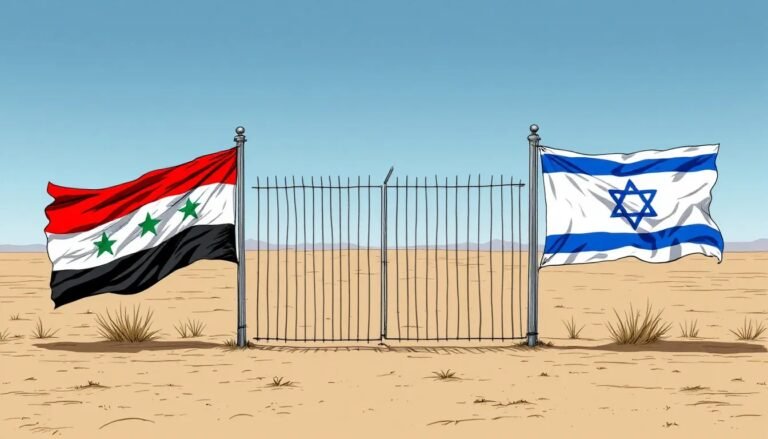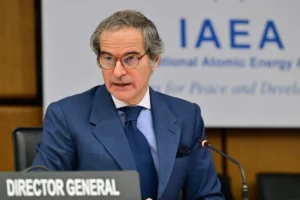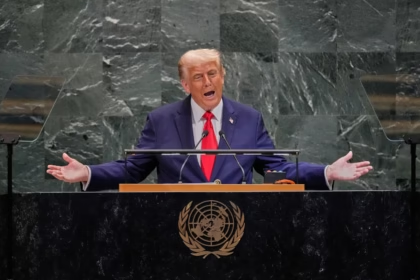Cairo, Egypt – Syrian transitional president Ahmad al-Sharaa confirmed that the ongoing US-brokered negotiations with Israel could soon lead to an agreement similar to the 1974 agreement. However, he indicated that this does not mean normalization with Tel Aviv. Sharaa added that Syria knows how to fight, but no longer wants war. He also explained that the recent attacks in Sweida represented a trap as the negotiations neared their conclusion.
He noted that any targeting of the presidential building or the Ministry of Defense would constitute a declaration of war, but stressed that the security agreement with Israel was “unavoidable.” However, he expressed doubts about the Israeli side’s commitment to it.
A new American step towards Syria
Sharaa’s remarks coincided with Syrian Foreign Minister Asaad al-Sheibani raising his country’s flag over the Syrian embassy in Washington. This signaled the opening of a new chapter in Syrian-American relations. This includes lifting sanctions, including the Caesar Act, if a comprehensive understanding is reached.
Proposed map for dividing southern Syria
The American Institute for the Study of War has revealed a map showing a proposed partition of southern Syria for future security purposes near the border with Israel:
Zone 1: The current buffer zone will be expanded by two kilometers into Syrian territory. Heavy forces will be prohibited, and only police and security forces will be permitted to enter.
Zone 2: Located directly after the buffer zone, it will be subject to restrictions on the deployment of the army and heavy weapons, while allowing local security forces to operate.
The third zone extends to Damascus and will be a no-fly zone, while the nature of the forces permitted to deploy there has not yet been determined.
The plan includes a gradual withdrawal of Israeli forces from occupied Syrian territory. However, an exception is made for Mount Hermon. A corridor is also maintained to allow for strikes on future Iranian targets if necessary.
Developments in the negotiations and possible dates for signing
According to reports, the two sides have reached understandings on more than 95% of the terms. There is a possibility of signing the agreement during the UN General Assembly on September 25, or at the White House on September 29, in the presence of the US and Syrian presidents, as well as Netanyahu. The main obstacle remains Sharaa’s reluctance to meet with Netanyahu due to the ongoing tension in Gaza.
Expert evaluation
Israeli expert Eyal Zisser believes the proposed security agreement represents a clear American step toward reshaping the relationship with the new Syrian regime. He notes that Syria is incapable of confronting Israel militarily after years of war. Therefore, the agreement represents an opportunity to achieve stability on the southern border.
Zisser emphasized that any agreement must be comprehensive and address the issues of Quneitra, Sweida, and Mount Hermon. The agreement must ensure regional calm and transform chaos into a factor of stability.

















